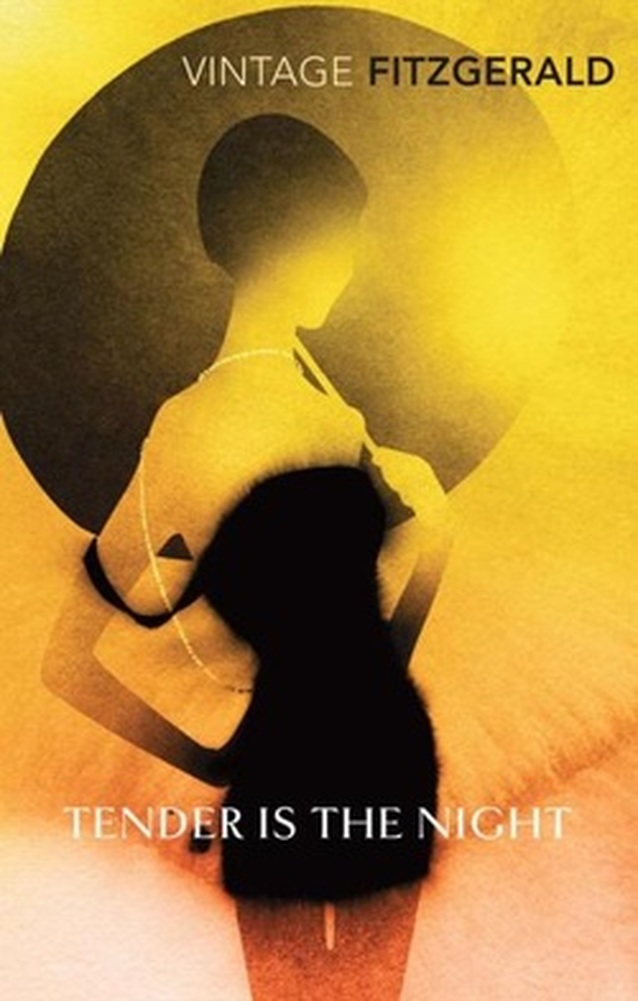"Tender Is the Night's history constitutes a veritable saga of textual changes, changes that did not stop even with F. Scott Fitzgerald's death. And since there are two versions of the novel presently in print, it is a potentially confusing situation for the student. The fact that must be realized is that there is no definitive text for Tender Is the Night.
Fitzgerald had the germ of an idea for a story roughly a decade before it ultimately became the novel that was published. The story was to center on Francis Melarky, a young Hollywood technician who eventually kills his mother. Fitzgerald was grimly fascinated by the Leopold and Loeb murders in Chicago and wanted to experiment with the idea of cold-blooded killing.
Melarky, in the course of his travels, encounters a couple, Seth and Diana Piper, and their friend Abe Grant. Later versions of the story take the action away from Melarky and place it on the two males, Seth Piper and Abe Grant. The Pipers become, of course, the Divers, and Abe Grant evolves into Abe North.
An early version of the novel, now mainly about Dick Diver, appeared in Scribner's Magazine in 1934, and the novel, revised again, finally appeared as a book later that year.
The difficulty of the Rosemary Hoyt section appearing initially in the novel bothered Fitzgerald in his own lifetime, and, perhaps because the work had not been a financial success and the author hoped that by reworking it, he could improve it, he suggested a rearrangement of the text to a publisher (Modern Library), but it never appeared.
In 1951 this suggested revision of the novel was edited by Malcolm Cowley and published by Scribner's. The changes that Fitzgerald had listed on the cover of a copy of the novel are the ones that Cowley attempted to put into effect. The 1951 version shifts most of Book 2 to the beginning, to be followed by portions of Book 1. It also would have deleted the section about the Diver visit to the Minghettis.
Cowley decided not to delete the sections that Fitzgerald recommended, so, in a sense, even the 1951 version is not what the author seems to have recommended. The truth probably is, however, that Fitzgerald's suggestions for changes were themselves never complete, since the dropping of the episodes he suggests leaves gaps in the narrative. The novel, then, is still in a sense incomplete, for had we known Fitzgerald's full wish, the text probably would read differently from either the 1934 or 1951 versions."
The two arrangements of the text are as follows:
1934 Version
Book One (pp.1-128)
- pp.1-33—Rosemary’s POV on the Riveria.
- p.33—Nicole’s POV for 3 pages then returns to Rosemary’s on p.36.
- pp.40-92—Rosemary’s POV of duel.
- p.92—Abe’s POV starts Gare du Nord scene.
- pp.99-110—Dick’s POV.
- p.110—Nicole’s POV for 2 pages then Dick’s.
- pp.115-118—Abe’s POV at the Ritz bar.
- p.118—Dick’s POV for 2 pages then Rosemary’s until p.128.
Book Two (pp.129-261)
- pp.129-178 (up to “...in the September afternoon.”)—flashback to Dick’s POV in Zurich.
- pp.178 (from “How do you do, lawyer.”)-182—letter from Nicole?
- pp.182-252—back to present from Dick’s POV.
- p.252—Babe’s POV for 6 pages then returns to Dick’s on p.258 until p.261.
Book Three (pp.262-344)
- pp.262-265—Frau Kaethe Gregorovious’ POV.
- pp.265-289—Dick’s POV.
- pp.289-344—Nicole’s POV.
1951 ‘Cowley’ Version
Book I—Case History (1917-19)
(pp.129-177 of 1934 version)
Book II—Rosemary's Angle (1919-25)
(pp.177-182/pp.1-66)
Book III—Casualties (1925)
(pp.67-128/pp.182-191[“...listening to time.”])
Book IV—Escape (1925-29)
(pp.191[“In November...”]-261)
Book V—The Way Home (1929-30)
(pp.262-344)

